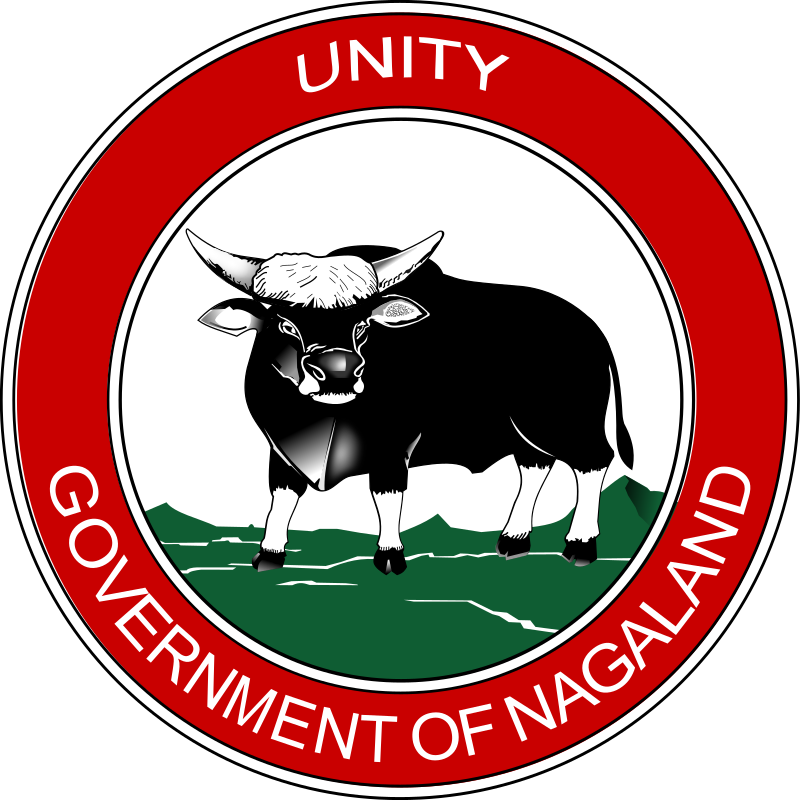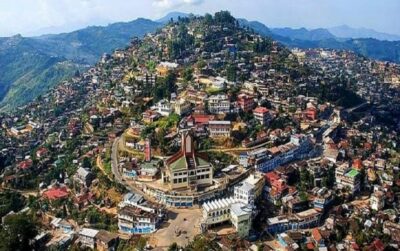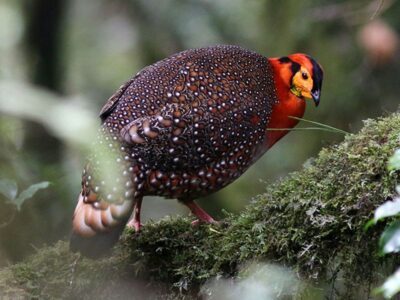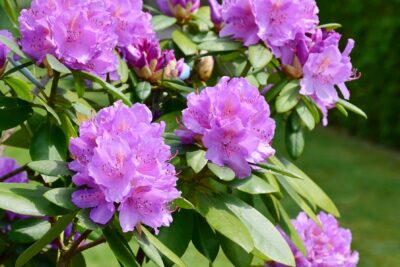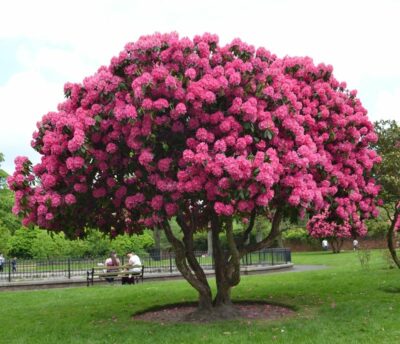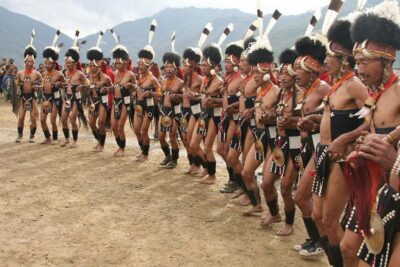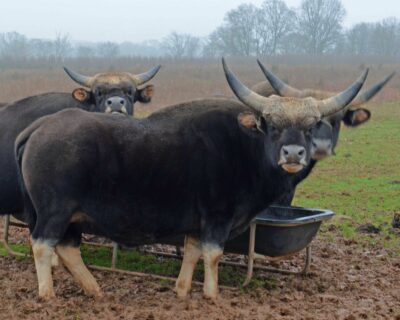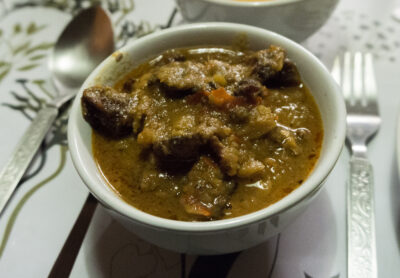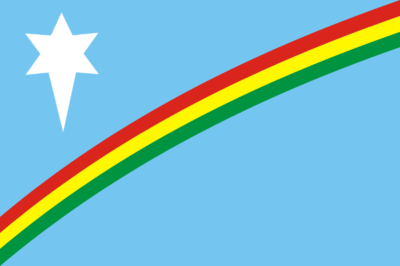State Symbols of Nagaland
Last updated on January 22nd, 2023 by Editorial Staff
By | Updated on January 22, 2023
Reviewed by Rittika
Nagaland, the glory of Northeast India, is a popular tourist destination that continues to grow. Nagaland has long been one of India’s most unique states, from its amazing handloom to its diverse sense of fashion, from its headdresses to its distinctive taste in food and its choice of souvenirs in the form of animal skulls to its colorful festivals. This little-known state is a culturally rich area with brilliant colors and unrivaled customs, making it an intriguing site to visit.
Nagaland’s capital, Kohima, is located in India’s north-eastern state of Nagaland. It is the state’s second-largest city, with almost 100,000 people.
History
The Naga people have a variety of origin stories. The Kheza-Kenoma legend is believed by the Angamis, Semas, Rengams, and Lothas. According to legend, the town featured a big stone slab with magical abilities. By dusk, the paddy placed over it had doubled in size. The stone was rotated among the couple’s three sons who possessed it.
One day, there was a dispute between the sons about whose turn it was. Fearing bloodshed, the couple set fire to the stone, which fractured. The stone’s spirit has gone to heaven, and the stone’s miraculous qualities were lost. The three sons then departed Kheza-Kenoma, split off, and became the progenitors of the Angami, Sema, and Lotha tribes, respectively.
Nagaland was formally established as the 16th state of the Indian Union on December 1, 1963. The state is divided into 16 (sixteen) administrative districts, home to 17 major tribes and sub-tribes. In terms of customs, language, and dress, each tribe is distinct from the others.
Government and People
The Nagaland administration is governed by a Council of Ministers, led by a chief minister, and reports to the Legislative Assembly, which has 60 members (Vidhan Sabha). The governor, who the president of India selects, is the constitutional head of state. There are seven administrative districts in the state. Currently, Shri Neiphiu Rio from Naga People’s Front is the current Chief Minister of the state. He was Nagaland’s Chief Minister for three years (2003–08, 2008–13, and 2013–14), making him the only Naga chief minister to serve three terms.
Unlike other Indian states, Nagaland has given its ethnic populations a great deal of autonomy. To resolve the conflicts concerning breaches of customary laws and usages, each tribe has a network of councils. Such cases are appealed to the Naga Tribunal. The Tuensang District was given special administrative treatment, with a regional council elected by all tribes within the district’s limits.
The Naga people (pronounced Na-Ga) are a mixture of many tribes who live in India’s northeast and Burma’s northwest. The tribes have identical customs and traditions, and they make up the dominant ethnic group in Nagaland, with substantial populations in Manipur, Arunachal Pradesh, and Assam.
Poumai (Poula), Sumi, Lotha, Sangtam, Angami, Pochuri, Ao, Mao (Emela), Inpui, Rongmei (Ruangmei), Tangkhul, Thangal, Maram, and Zeme are some of the Tibeto-Burman languages spoken by the Naga. They’ve also developed Nagamese Creole, which they use to communicate amongst tribes and villages, each with its unique dialect. However, all official functions have been held in English as far as we know.
Cultural Life
Nagaland is an extremely wonderful place. Almost all tribes celebrate their unique seasonal festivals with colorful pageantry and a music feast. Nagaland has a diverse linguistic heritage, with as many languages as tribes, each distinct from the others.
What’s more astonishing is that dialects are mutually incomprehensible even within a tribe’s language. For example, in some tribes, such as the Angami, each hamlet has a little variation even within the same dialect. So it is with the variance growing as the geographical distance increases. Inter-tribal and intra-tribal communication is extremely difficult as a result of this. As a result of the circumstances, English has become the official language, while Nagamese, a creole Assamese, has become the dominant language.
Agriculture is the mainstay of Naga society. Therefore most of these festivities focus on it. Nagaland’s agriculture employs over 85% of the inhabitants, who live in a thousand or so villages perched atop steep ridges or slopes overlooking beautiful valleys teeming with whispering streams.
Although some religious and spiritual attitudes are woven into secular ceremonies and rituals, the main focus of the festivals is on offering prayers to the Supreme Being, known by various names in different Naga languages. Folk songs eulogize forefathers, the courageous acts of warriors and traditional heroes, and beautiful love ballads immortalize ancient tragic love stories are all part of life here.
Nagaland’s lush and beautiful sub-tropical rain forests, a treasure trove of medicinal plants, are great for trekking, rock climbing, and jungle camping and offer unlimited exploring possibilities for the daring and courageous.
Places to Visit
When you visit Nagaland’s tourist attractions, you’ll see lovely locations where you can relax with your friends. There are 16 chief tribal tribes in this area, all of which have cultural connections and speak various languages. During the different tribal festivities in Nagaland, the state becomes the most colorful.
Dimapur: Diphupar is one of the areas in Nagaland where you can see the culture of numerous tribes such as the Lotha, Angami, Sumi, Chakhesang, Ao, Sangtam, Zeliang, and Rengma Pouchury. This town exemplifies Nagaland in all of its grandeur, and it is also the only airport in the state. In addition to the previously mentioned attractions, Ao Baptist Church is a must-see. Diezephe Craft Village, Rangapahar Reserve Forest, Nagaland Science Centre, Zoological Park, Nagaland Zoological Park, Nagaland Zoological Park, Nagaland Zoological Park, Nagaland Zoological Park, Nagaland Zo.
Kohima: The capital city of Nagaland, Kohima, is the most lovely site to visit in the state. Kohima has evolved into a commercial center over the years, yet it hasn’t lost its natural allure and remains one of Nagaland’s most captivating tourist destinations. With its perfect blend of modernism and old beauty, Kohima has become a state landmark.
Naga Heritage Village: The Naga Heritage Village, which is located on the outskirts of the capital city of Kohima, is one of the destinations you should see during your sightseeing tour of Nagaland. This popular tourist destination in Nagaland, also known as the Kisama Heritage Village, provides a fascinating glimpse into Naga traditions and culture. The village enables you to discover Nagaland like a local, providing insights into the cultures of Naga tribes and forming an important aspect of Nagaland tourism.
Naga Heritage Village: Mokokchung, the home of the Ao tribe, is frequently recognized as Nagaland’s most vibrant and attractive area. Mokokchung, which is gradually becoming a tourism hotspot in Nagaland, is noted for its rich traditions, festivals, and friendliness. Longkhum, one of its locations, is widely considered a haven for nature enthusiasts. The pristine landscape of Mokokchung will make you fall in love with it, with Rhododendrons strewn across the slopes. This location is also known for its ethnic handle and a group known as Dimapur. The group practices the animist religion.
Dzukou Valley: With its profusion of beautiful lilies and carpeted green valleys, the Dzukou Valley, on the border of Manipur and Nagaland, offers captivating vistas of nature. The valley is noted for its undulating hills creations and is another attractive aspect of Nagaland tourism, promising a tryst with nature. Being one of Nagaland’s most well-known locations, the valley provides the ideal environment for a truly unforgettable trip in Nagaland.
State Information
| Official Language | English |
| State Rank | 28 |
| Demonym(s) | Naga, Nagalandese |
| Nickname | Land Of Warriors |
| ISO | IN-NL |
| Formation Date | 1 December 1963 |
| Coordinates | Lat: 26.1584° N, Long: 94.5624° E |
| Area |
State seal
Motto of Nagaland
State symbols of Nagaland 👇
-
State capitalKohima
-
State birdBlyth's tragopan
-
State flowerRhododendron
-
State fruitPineapple
-
State treeRhododendron Tree
-
State danceChang Lo
-
State animalGayal
-
State dishAkhuni
